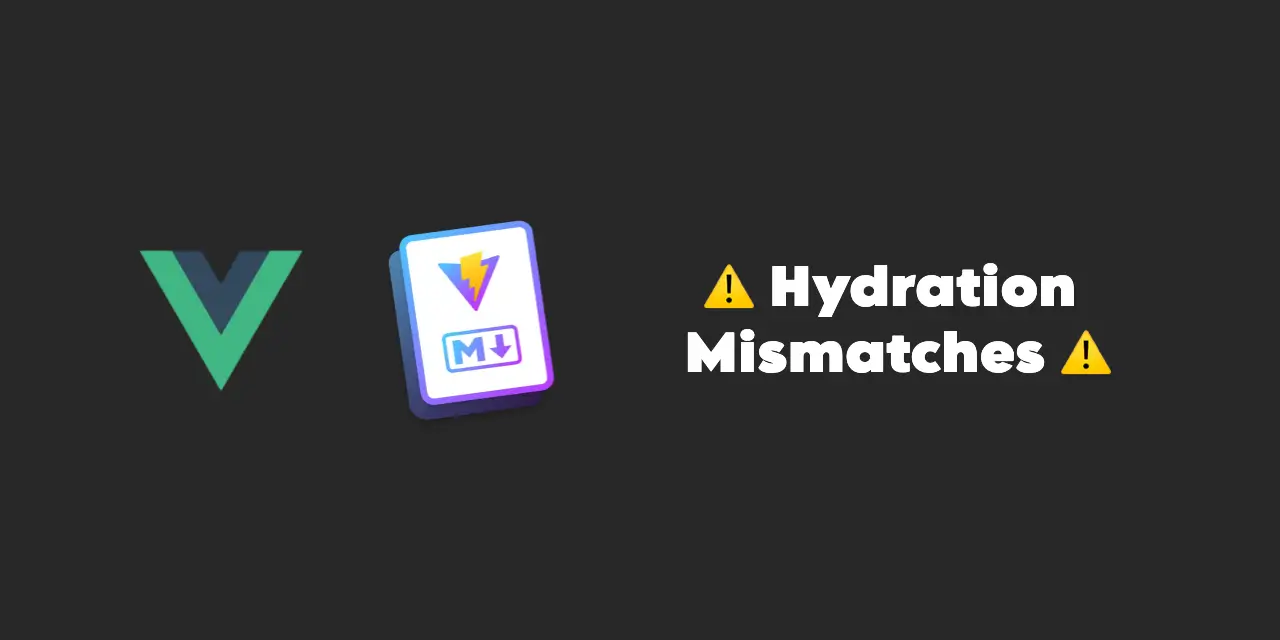Here's my little rant on how I tracked down the exact changes when this popped up 👉 Hydration completed but contains mismatches.
Debugging hydration mismatches is tricky because these only show up in production builds with obfuscated JavaScript files. Here's a breakdown of what I went down to find and fix this issue.
I searched Google and ChatGPT for answers but came up empty. Even after scanning recent PRs (there were quite a few, uff!), I had no luck. So, I went old-school: manually commenting out changes one by one until I finally found the culprit.
QUICK HEADS UP 🚨
I use prettier to format my projects, which also takes care of formatting *.vue files.
Long story short, I eventually found this vue configuration option. After checking the source and types, I stumbled upon this gem:
vue: {
features: {
// Only use this when debugging!
prodHydrationMismatchDetails: true
}
}OKAY, WHAT DOES THIS DO?
This option shows the server-client rendering differences in DEV TOOLS > CONSOLE, making it easier to spot and fix issues.
My Issue with Prettier
In my case, I was using this code :
<button class="close-btn" @click="() => (showModal = false)">✕</button>So, when Prettier formatted the code, it ended up like this :
<button
class="close-btn"
@click="() => (showModal = false)"
>
✕
</button>This extra space caused a mismatch in the rendered content, resulting in an error. My fix was simple—I replaced the code with this :
<button
v-text="'✕'"
class="close-btn"
@click="() => (showModal = false)"
/>One tiny space 🤏, one giant headache. Who knew debugging could be so... precise? 😅

